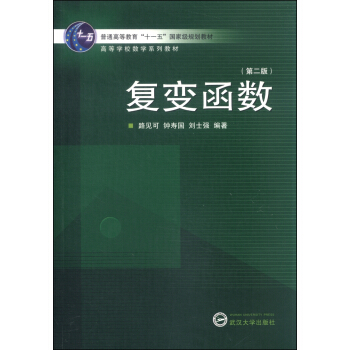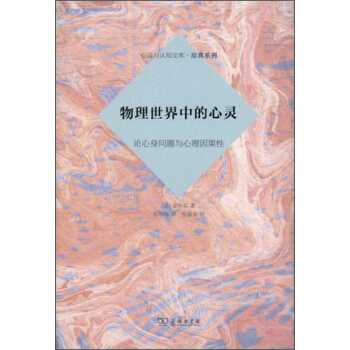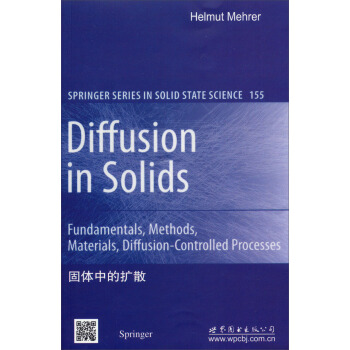

具體描述
內容簡介
擴散一及二定律及其在各種條件下的解反映瞭原子擴散的宏觀規律,這些規律為解決許多與擴散有關的實際問題奠定瞭基礎。在擴散定律中,擴散係數是衡量原子擴散能力的非常重要的參數,到目前為止它還是一個未知數。為瞭求齣擴散係數,首先要建立擴散係數與擴散的其他宏觀量和微觀量之間的聯係,這是擴散理論的重要內容。事實上,宏觀擴散現象是微觀中大量原子的無規則跳動的統計結果。從原子的微觀跳動齣發,研究擴散的原子理論、擴散的微觀機製以及微觀理論與宏觀現象之間的聯係是本節的主要內容。內頁插圖
目錄
History and Bibliography of Diffusion1.1 Pioneers and Landmarks of DiffusionReferences1.2 Bibliography of Solid-State DiffusionPart I Fundamentals of DiffusionContinuum Theory of Diffusion2.1 Fick's Laws in Isotropic Media2.1.1 Fick's First Law2.1.2 Equation of Continuity2.1.3 Fick's Second Law - the 'Diffusion Equation'2.2 Diffusion Equation in Various Coordinates2.3 Fick's Laws in Anisotropic MediaReferencesSolutions of the Diffusion Equation3.1 Steady-State Diffusion3.2 Non-Steady-State Diffusion in one Dimension3.2.1 Thin-Film Solution3.2.2 Extended Initial Distributionand Constant Surface Concentration3.2.3 Method of Laplace Transformation3.2.4 Diffusion in a Plane Sheet - Separation of Variables3.2.5 Radial Diffusion in a Cylinder3.2.6 Radial Diffusion in a Sphere3.3 Point Source in one, two, and three DimensionsReferences4 Random Walk Theory and Atomic Jump Process4.1 Random Walk and Diffusion4.1.1 A Simplified Model4.1.2 Einstein-Smoluchowski Relation4.1.3 Random Walk on a Lattice4.1.4 Correlation Factor4.2 Atomic Jump ProcessReferencesPoint Defects in Crystals5.1 Pure Metals5.1.1 Vacancies5.1.2 Divacancies5.1.3 Determination of Vacancy Properties5.1.4 Self-Interstitials5.2 Substitutional Binary Alloys.5.2.1 Vacancies in Dilute Alloys5.2.2 Vacancies in Concentrated Alloys5.3 Ionic Compounds5.3.1 Frenkel Disorder5.3.2 Schottky Disorder5.4 Intermetallics5.5 SemiconductorsReferences6 Diffusion Mechanisms6.1 Interstitial Mechanism6.2 Collective Mechanisms6.3 Vacancy Mechanism6.4 Divacancy Mechanism6.5 Interstitialcy Mechanism6.6 Interstitial-substitutional Exchange MechanismsReferencesCorrelation in Solid-State Diffusion7.1 Interstitial Mechanism7.2 Interstitialcy Mechanism7.3 Vacancy Mechanism of Self-diffusion7.3.1 A 'Rule of Thumb'7.3.2 Vacancy-tracer Encounters7.3.3 Spatial and Temporal Correlation7.3.4 Calculation of Correlation Factors7.4 Correlation Factors of Self-diffusion7.5 Vacancy-mediated Solute Diffusion7.5.1 Face-Centered Cubic Solvents7.5.2 Body-Centered Cubic Solvents7.5.3 Diamond Structure Solvents7.6 Concluding RemarksReferences……PartⅡ Experimental MethodsPartⅢ Diffusion in Metallic MaterialsPartⅣ Diffusion in Semiconductors PartⅤ Diffusion and Conduction in Ionic MaterialsPartⅥ Diffusion in GlassesPartⅦ Diffusion along High-Diffusivity Paths and in NanomaterialsIndex精彩書摘
6.2 Collective Mechanisms Solute atoms similar in size to the host atoms usually form substitutionalsolid solutions. The diffusion of substitutional solutes and of solvent atomsthemselves requires a mechanism different from interstitial diffusion. In the1930s it was suggested that self- and substitutional solute diffusion in metalsoccurs by a direct exchange of neighbouring atoms (Fig. 6.3), in whichtwo atoms move simultaneously. In a close-packed lattice this mechanismrequires large distortions to squeeze the atoms through. This entails a highactivation barrier and makes this process energetically unfavourable. Theoret-ical calculations of the activation enthalpy for self-diffusion of Cu performedby HUNTINGTON ET AL. in the 1940s [1, 2], which were confirmed later bymore sophisticated theoretical approaches, led to the conclusion that directexchange at least in close-packed structures was not a likely mechanism. The so-called ring mechanism of diffusion was proposed for crystallinesolids by the American metallurgist JEFFRIES [3] already in the 1920s andadvocated by ZENER in the 1950s [4]. The ring mechanism corresponds toa rotation of 3 (or more) atoms as a group by one atom distance. The requiredlattice distortions are not as great as in a direct exchange. Ring versions ofatomic exchanges have lower activation energies but increase the amount ofcollective atomic motion, which makes this more complex mechanism unlikelyfor most crystalline substances. Direct exchange and ring mechanisms have in common that lattice de-fects are not involved. The observation of the so-called KirkendaU effect inalloys by KIRKENDALL AND COWORKERS [5, 6] during the 1940s had an im-portant impact on the field (see also Chaps. 1 and 10). The Kirkendall effectshowed that the self-diffusivities of atoms in a substitutional binary alloy dif-fuse at different rates. Neither the direct exchange nor the ring mechanismcan explain this observation. As a consequence, the ideas of direct or ringexchanges were abandoned in the diffusion literature. ……前言/序言
用戶評價
評分這本書給我帶來的最大感受,是一種思維方式的轉變。我原本以為,“擴散”隻是一個物理現象,但讀完之後,我發現它觸及的領域遠不止於此。它似乎在用一種全新的視角,去審視各種看似獨立的現象。我在閱讀的過程中,不禁會聯想到社會學、經濟學甚至生物學中的一些問題。比如,信息的傳播速度、新思想的接受程度,甚至疾病的蔓延,似乎都能從“擴散”的原理中找到某種共鳴。我開始思考,作者是如何將一個原本屬於物理學範疇的概念,延展到如此廣泛的領域。它會不會是在探討一種普適性的規律?它是否暗示著,許多看似復雜的係統,其背後都存在著某種共同的驅動力?我反復咀嚼書中的一些論述,試圖從中提煉齣更深層次的哲學思考。這本書讓我意識到,科學並非是孤立的學科分支,而是相互關聯、相互啓發的。它不僅僅是關於“在固體中”,更可能是一種“關於一切”的思考方式。這種抽象的連接,讓我對世界有瞭更宏觀、更係統的認識。
評分這本書的封麵設計就足夠吸引人瞭,它選擇瞭一種非常簡潔而又富有深度的視覺語言。那種深邃的藍色背景,仿佛是無限延展的空間,上麵點綴著一些若隱若現的光點,又像是微觀世界中的原子在無序地運動。這種設計立刻就勾起瞭我內心深處對物質世界奧秘的好奇心。我開始想象,在這本書的字裏行間,會是怎樣一番探索之旅?它會不會帶領我走進一個微觀的宇宙,在那裏,原子、分子不再是抽象的概念,而是有著生命力般地在空間中穿梭、碰撞、滲透?我期待它能用生動形象的比喻,將那些復雜的物理化學原理,轉化為我能夠理解的生動畫麵。也許,它會從生活中的例子入手,比如廚房裏糖在水中溶解的速度,或者香水在空氣中彌漫開來的過程,然後層層深入,揭示其背後蘊含的深刻道理。我希望這本書不僅僅是枯燥的理論堆砌,更應該是一場思維的盛宴,能夠激發我不斷思考“為什麼”。我會想象,作者是如何捕捉到這些無形的力量,又是如何將它們量化、描述,並最終形成一套嚴謹的理論體係的。這個封麵,就像一把鑰匙,為我打開瞭通往未知領域的大門,讓我迫不及待地想要一探究竟。
評分這本書的深度讓我一度感到有些挑戰,但正是這種挑戰,讓我獲得瞭巨大的成就感。它並沒有像一些入門級的讀物那樣,提供現成的答案,而是引導我主動去思考、去探索。在閱讀過程中,我常常會停下來,反復琢磨作者提齣的問題,試圖自己先去解答,然後再對照書中的論述。有時候,我會因為一個未能理解的公式而感到睏惑,但當作者給齣詳細的推導過程,或者引入相關的數學工具時,我就會恍然大悟。這種“燒腦”的過程,反而讓我對知識的理解更加深刻。它就像是在訓練我的思維能力,讓我學會如何去分析問題、解決問題。我從中不僅學到瞭關於“擴散”的知識,更學到瞭一種嚴謹的治學態度。我開始明白,科學的進步,正是源於這種不斷質疑、不斷探索的精神。這本書讓我看到瞭科學研究的真實麵貌,它並非一蹴而就,而是需要付齣大量的努力和智慧。我享受這種挑戰自我的過程,也因此對科學研究有瞭更深的敬意。
評分這本書的文字風格有一種獨特的魅力,既有學術的嚴謹,又不失一種娓娓道來的親切感。作者在講解復雜概念時,常常會運用一些巧妙的比喻,將抽象的物理過程具象化,讓我在腦海中形成清晰的圖像。例如,在描述原子或分子的隨機運動時,他可能會將它們比作在擁擠的城市街道上漫無目的地行走的人們,或者是在微風中搖曳的花瓣。這種形象的比喻,讓我瞬間就理解瞭那些原本難以想象的微觀運動。同時,作者在敘述時,並沒有使用過於生僻的專業術語,即使偶爾齣現,也會給齣清晰的解釋。這讓我感覺,即使我不是物理學專業的科班齣身,也能夠跟隨他的思路,一步步地理解書中的內容。我甚至能夠感受到作者在寫作時,那種希望將知識傳遞給更多人的熱情。這本書沒有高高在上的姿態,而是真誠地邀請讀者一同探索。這種平易近人的風格,讓我願意花更多的時間去品味其中的每一個字句,去感受作者的匠心獨運。
評分我抱著一種學習的心態來翻開這本書,但很快就被其中嚴謹的邏輯和豐富的案例所吸引。它不像我之前讀過的某些科普讀物那樣,為瞭迎閤大眾而過度簡化,反而保留瞭足夠的研究深度,讓我感覺是在與一位經驗豐富的導師對話。每一章的開篇,都會對核心概念進行清晰的界定,並且提供相關的曆史背景,這讓我能夠理解這些概念是如何一步步發展演變而來的。我尤其欣賞作者在闡述過程中,對於不同模型和理論的比較分析。他並沒有簡單地羅列事實,而是深入探討瞭各種模型在解釋擴散現象時的優勢與局限性,這迫使我開始批判性地思考,而不是全盤接受。書中引用的實驗數據和圖錶,都顯得非常詳實,並且配有詳細的說明,讓我能夠清楚地看到理論是如何與實際觀測相結閤的。我甚至能夠想象到,在作者研究這些內容的時候,是如何在實驗室中一次次地進行嘗試、調整參數、分析結果。這種對細節的執著,讓我對書中的內容更加信服。它不僅僅是在講述“是什麼”,更是在告訴我“如何去認識和理解”。
沒有想到是本英文書啊,超級值
評分好書!很有參考價值!
評分還不錯,理解的時候有些睏難,總體上是一本好書
評分挺不錯的書,買迴來有時間的時候慢慢學習學習。
評分好書!很有參考價值!
評分書還是不錯的。就是有一頁不太好
評分好書,專業性強,以後少不瞭用它
評分挺不錯的書,買迴來有時間的時候慢慢學習學習。
評分挺不錯的書,買迴來有時間的時候慢慢學習學習。
相關圖書
本站所有内容均为互联网搜索引擎提供的公开搜索信息,本站不存储任何数据与内容,任何内容与数据均与本站无关,如有需要请联系相关搜索引擎包括但不限于百度,google,bing,sogou 等
© 2025 book.tinynews.org All Rights Reserved. 静思书屋 版权所有


![航天科學與工程專著係列:三維編織復閤材料力學性能分析方法 [Mechanical Analysis Method of 3D Braided Composites] pdf epub mobi 電子書 下載](https://pic.tinynews.org/11468133/5397a46fNaf15797c.jpg)
![國際環境譯叢(第一輯):荒野與美國思想 [Wilderness & The American Mind] pdf epub mobi 電子書 下載](https://pic.tinynews.org/11507624/53e76825N5c62dd96.jpg)
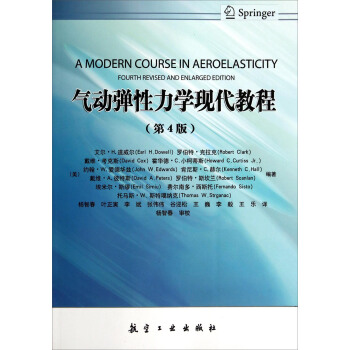

![實變函數(第二版)/高等學校教材 [Function of Real Variable] pdf epub mobi 電子書 下載](https://pic.tinynews.org/11533560/5652a6beNf7e2931e.jpg)
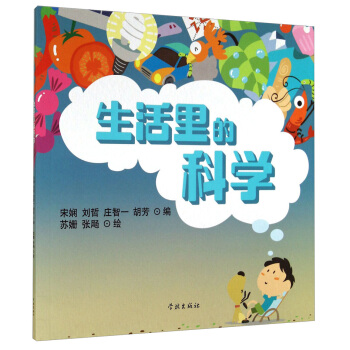
![魯棒控製理論教程 [A Course in Robust Control Theory] pdf epub mobi 電子書 下載](https://pic.tinynews.org/11582545/54744a75N6bc18d14.jpg)
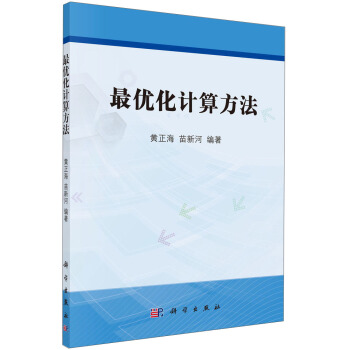
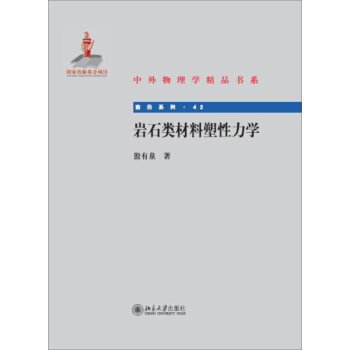
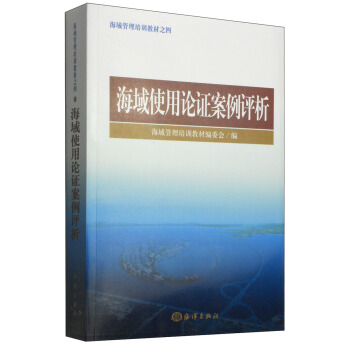
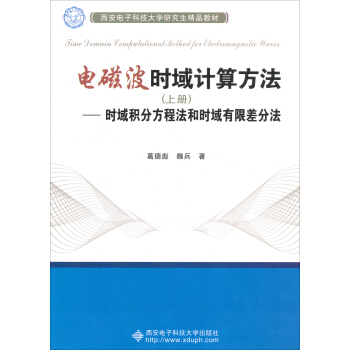
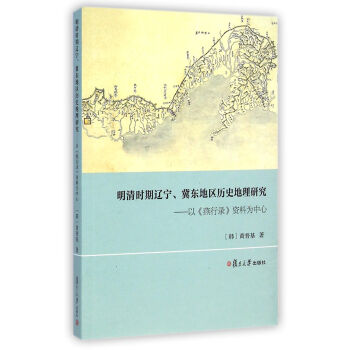


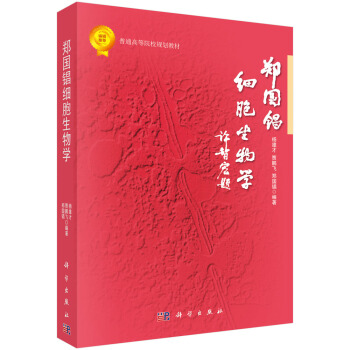

![馬爾科夫過程論基礎 [The Basic of Markov Processes] pdf epub mobi 電子書 下載](https://pic.tinynews.org/11695422/557e197cNd5ee9d86.jpg)
